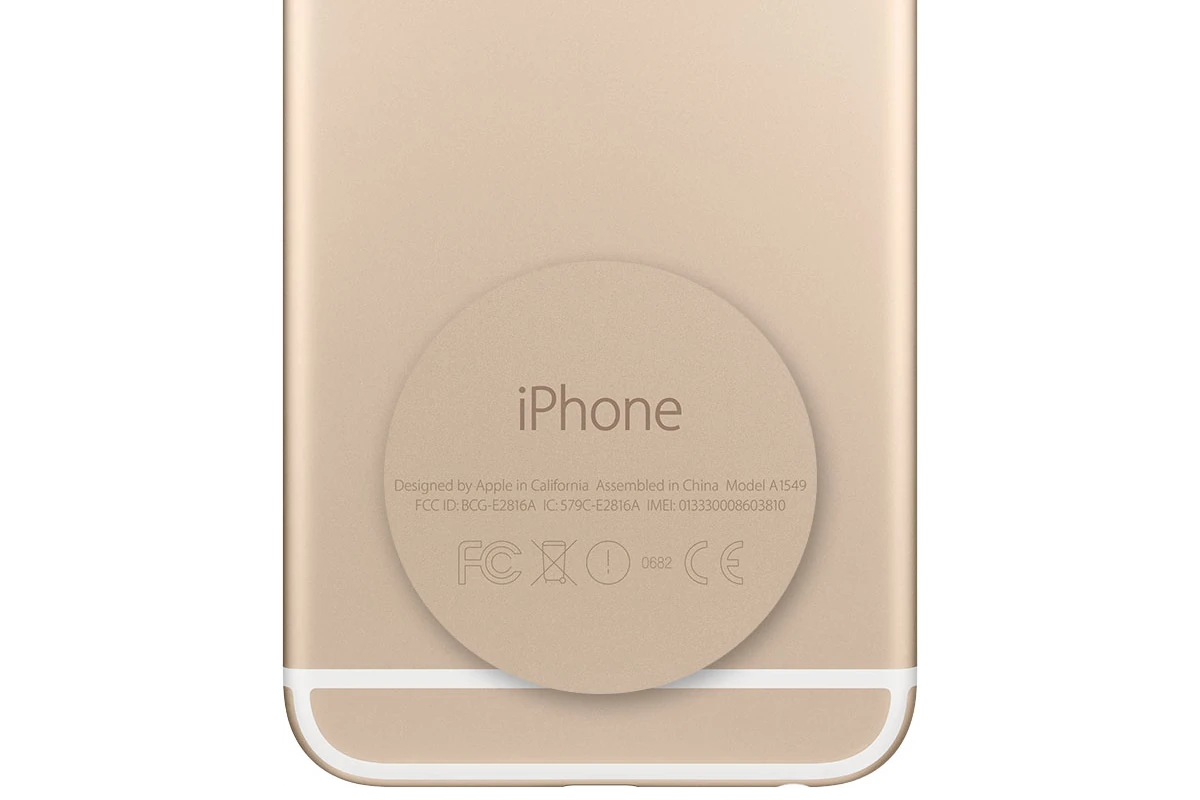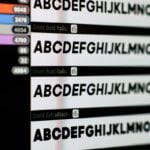The International Mobile Equipment Identity, or IMEI, is a serial number assigned to iPhones and all other mobile phones. This number is important as it uniquely identifies each device. Unlike a SIM card number, which represents the user’s subscription with a carrier, the IMEI is tied to the device itself. If you own an iPhone, knowing your IMEI number can be very beneficial, especially if the phone is lost or stolen.
An IMEI number provides a layer of security. For instance, one can report their iPhone’s IMEI to the carrier and have the phone blocked from network use. This number is also used by carriers and manufacturers to enforce warranty claims or offer support. On an iPhone, the IMEI is easy to access. It is found in the settings or on the physical device, and it serves as a vital piece of information for both service providers and consumers.
What Is an IMEI Number on iPhone?
IMEI stands for International Mobile Equipment Identity.
It’s a unique 15-digit code assigned to every mobile device with cellular capability, including iPhones.
Think of it as your iPhone’s fingerprint — no two devices share the same IMEI.
1. What Is the IMEI Used For?
- Device Identification: Lets carriers and networks recognize your iPhone.
- Network Activation: Required to connect to mobile networks.
- Theft Protection: Carriers can block a stolen iPhone using its IMEI.
- Warranty & Support: Apple can check your warranty status using IMEI.
- Compatibility Checks: Helps determine if your iPhone works with a specific carrier or region.
2. IMEI vs Serial Number
| IMEI | Serial Number |
|---|---|
| 15-digit code specific to cellular devices | Alphanumeric code unique to all Apple devices |
| Used by carriers & networks | Used by Apple for support & repairs |
| Can be blocked to disable cellular use | Cannot block network access |
3. How to Find Your iPhone’s IMEI
A. In Settings
- Go to Settings → General → About.
- Scroll down to find IMEI (and IMEI2 if dual SIM/eSIM).
B. On the SIM Tray
- On some models (like iPhone 6s–iPhone 13), the IMEI is engraved on the SIM tray.
C. Using the Phone App
- Dial
*#06#and your IMEI will appear on screen.
D. On the Back or Box
- Older iPhones (iPhone 5 and earlier) have the IMEI printed on the back.
- All iPhones have it printed on the original retail box label.
(Source: Apple Support)
4. Dual IMEI on Modern iPhones
- iPhones with dual SIM/eSIM have two IMEIs — one for each line.
- This allows you to use two different carriers at the same time.
5. Why You Should Keep It Safe
- If your iPhone is lost or stolen, you can give the IMEI to your carrier to block the device from being used on any network.
- Avoid sharing your IMEI publicly — scammers could misuse it.
6. Quick Facts
- IMEI is permanent — it doesn’t change even if you reset your iPhone.
- If your iPhone’s logic board is replaced, it will have a new IMEI.
- Some countries require IMEI registration for network use.
How to Check IMEI on iPhone (iOS 18 Guide)
The IMEI (International Mobile Equipment Identity) is your iPhone’s unique ID for cellular networks. Here’s how to find it quickly.
Method 1 — Using Settings (Easiest)
- Unlock your iPhone and open the Settings app.
- Go to General → About.
- Scroll down until you see IMEI (and IMEI2 if you have dual SIM/eSIM).
- Tap and hold the IMEI to copy it if you need to share it with your carrier or Apple Support.
💡 Tip: If you see IMEI2, that’s for your second SIM/eSIM line.
Method 2 — Using the Phone App
- Open the Phone app.
- Go to the Keypad tab.
- Dial:
*#06# - Your IMEI (and IMEI2 if applicable) will appear on the screen automatically.
Method 3 — On the SIM Tray or Device
- On iPhone 6s to iPhone 13, the IMEI is engraved on the SIM tray.
- On iPhone 5 and earlier, it’s printed on the back of the phone.
Method 4 — On the Original Box
- If you still have your iPhone’s retail box, the IMEI is printed on the barcode label.
Method 5 — Using Finder or iTunes
- Connect your iPhone to a Mac or PC.
- Open Finder (Mac) or iTunes (Windows).
- Select your iPhone.
- Click Summary (iTunes) or the Info tab (Finder) to view the IMEI.
⚠️ Important:
- Keep your IMEI private — don’t post it online.
- If your iPhone is lost or stolen, give the IMEI to your carrier so they can block it from being used.
Key Takeaways
- Each iPhone has a unique IMEI number used for identification.
- The IMEI number is important for security and service-related matters.
- Accessing an iPhone’s IMEI number is simple and can be done in various ways.
Understanding IMEI Numbers
The IMEI number is a unique identifier for your iPhone, serving as a digital fingerprint. It’s essential for network authentication and can help with tracking if your device is lost or stolen.
The Function of an IMEI Number
An IMEI, or International Mobile Equipment Identity number, plays a critical role in mobile phone identification. It ensures that cellular networks and services are used by authentic devices only. This 15-digit number is important when trying to access specific network services or when you need to block a stolen phone from accessing cellular networks.
Locating Your iPhone’s IMEI Number
To find your iPhone’s IMEI number, you can simply dial *#06# and it will display on your screen. If you prefer, you can navigate to the Settings app, tap “General,” and then “About” to see your IMEI. Beyond these methods, the IMEI number is often printed on the SIM tray or included on the packaging of your iPhone.
Differences Between IMEI Numbers and Serial Numbers
While both IMEI numbers and serial numbers are used to identify your iPhone, they serve different purposes. An IMEI number is used particularly for mobile devices using cellular networks. It helps carriers and services identify the device. In contrast, a serial number is a unique identifier assigned by Apple as a way to distinguish one device from another. Serial numbers are used mainly for warranty and repair services.
Utilizing IMEI Numbers for Security and Services
The IMEI number of an iPhone is a powerful tool for security and accessing services. It helps in reporting theft, checking the device’s official services, and assuring legitimacy in trade.
Reporting a Stolen iPhone
If an iPhone is stolen, the owner should immediately contact their service provider with the device’s IMEI number. The service provider can then block the phone, making it hard for thieves to use. Owners can also use their Apple ID to track the iPhone’s location or wipe its data remotely through Apple Support.
Checking Warranty and Registration
An IMEI number can confirm an iPhone’s warranty status and registration details. Consumers can enter this unique code on Apple’s Support Form online. This action also helps verify if the device is linked to the correct Apple ID.
Selling or Buying an iPhone
When buying or selling an iPhone, the IMEI number helps check the device’s authenticity. For older models such as the iPhone 6s, the IMEI can often be found on the back. It’s also listed on the original packaging. Buyers and sellers might verify the iPhone’s service eligibility or if it’s been reported as lost or stolen using the IMEI number.







